SUMMARY
This is AI generated summarization, which may have errors. For context, always refer to the full article.
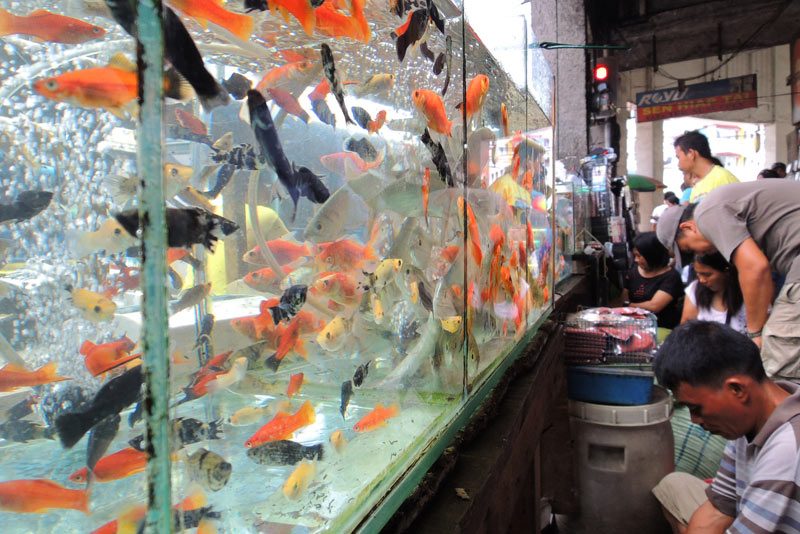
Nobody warned a foreign friend about the gay prostitutes at Mango Avenue who would spot and sometimes chase foreign tourists.
“I would never go back there,” he could not stress enough. I wonder which one chased him viciously. Working by Mango for more than five years now, these resident gay prostitutes in their short shorts and 5-inch wedges and I sometimes exchanged his and hellos. Some would pretend nonchalance, others would smile when I complimented their look for the night, and one or two would ask for a P5 coin.
They have mastered the art of chasing. They have an unlimited supply of grit, or so it seems. When the taxi door closed before they could get in or when their target jerked away, they would simply flip their hair back, bow their head for a mere second or two, retreat back to the pavement, and roam for another target.
We, the she-males and I, are not friends. We are neighbors in this avenue of warring volumes, young energy. I am that neighbor who takes pleasure in speculating what her neighbors and their visitors are up to by walking around.
We know and respect each other’s space.
I have several neighbors to snoop on as well and say hi to. Just last week, after devouring 10 pieces of puso—rice wrapped in coco leaves—and a plate of varied barbecues at Larsian, a good trekker friend suggested why we would not walk from Fuente Circle to Carbon Market for my weekly midnight vegetable shopping. I looked up and checked the horizon because one could never trust a July sky. It could open anytime and turn the city into smelly dark rivers, leaving everyone rained, frustrated, and down in the mouth.
Fortunately, it was one of those rare bright July nights, and I had a satiated tummy to unbend and a little heartache to mend.
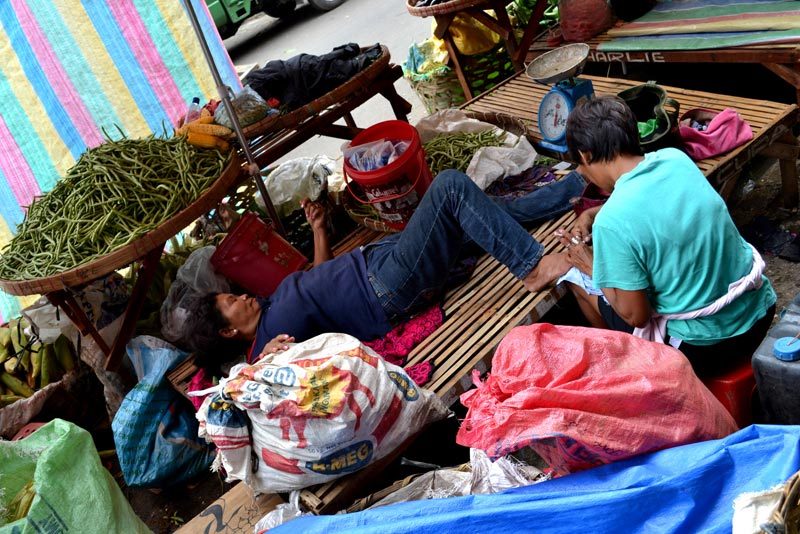
Walking for the heart and mind
Walking Cebu (the city) is a good digestive for the heart and the mind—an antidote I have personally proven effective in the past years. Colon, a hodgepodge of a place, and its sisters, for example, look like clogged arteries during the day. Along the streets, the people surge heedlessly, while the movement on the streets themselves crawls like our Internet connection. Every Cebuano is hoping Cebu Bus Rapid Transit System becomes a reality soon, but we know better than that.
Colon was the default place when I craved for a plate or two of corn grits and linarang, when I lost my key and had to duplicate my landlady’s, when I needed a new pair of socks, when I needed bohemian blouses. It is the place where women had their pushers and nippers sharpened. It is the place where you can find clothes #ootd-worthy. Downtown, personally, is the place I turn to when I need to think.
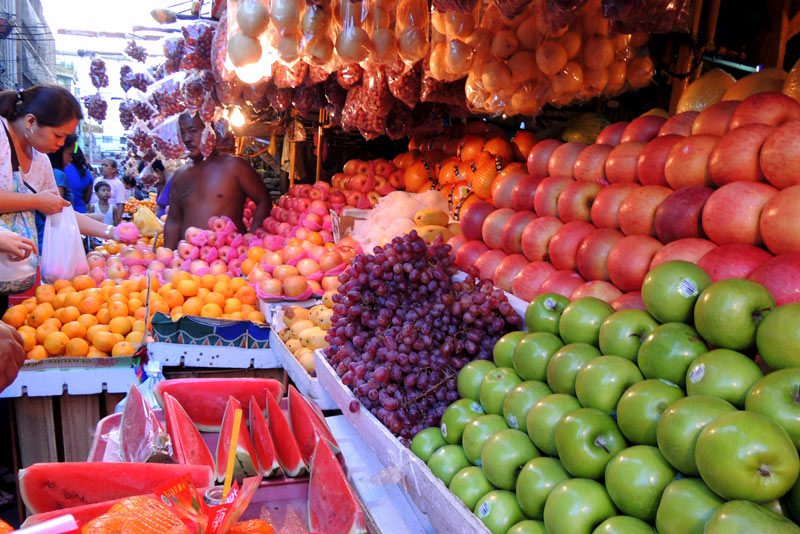
Perhaps this is because these city arteries characterize and mirror the state I find myself in most of the time: disoriented, non-planar, plural-thinking, multifocal, chaotic.
It made me stop thinking and acknowledge the place for what it is. Finding new routes means seeing the old buildings, the people, the whole place in a new perspective.
Downtown Cebu looked different when I entered through Vistarama, or walked through the smaller veins in Manalili and Carbon. Every new approach is a rewiring of my thoughts. That is downtown to me.
I have heard it used to be the place of the elite. My family was not from the city nor elite, so I do not share the nostalgia that invades everyone when they talk about downtown—that moment when their sentences start with “back then.”
My downtown narrative is peppered with “two weeks ago,” “last January,” “yesterday,” and the farthest back is “when I was a college student.” The Colon, the downtown Cebu that I know is the misunderstood, the chaotic, the feared, the avoided.

The act of losing
But in a decade of walking, I did not lose anything here. I lost my 3310, my ever first phone instead at a famous shopping mall. My first and hopefully the last robbery at gunpoint was at Lapu-lapu Street by Plaza Independencia aboard 03B.
I have the guts to walk Carbon in long dresses and four-inch wedges alone past midnight. The vegetable vendors themselves are not from the city. They are from all over the province selling their produce here.
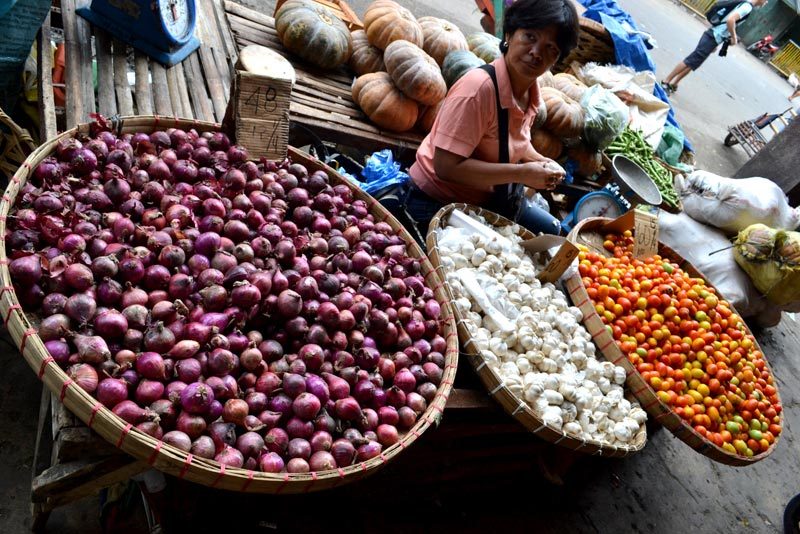
Perhaps most Cebuanos do not know the cucumber they just had is primarily from Sibonga. Most of us do not know the Dalaguete farmer who beamed with pride knowing his cabbage reached as far as Manila. Or how happy he looked when I told him the cabbage at southern Leyte cost P50 a kilo and I knew instantly it was from Cebu. Last week, I found a banana variety that Tatay Boni—the drunkard brother of my maternal grandfather—grew. Murado was a scene straight from my pastoral childhood.
Talking with the farmers is like time-traveling to the rest of this island province I loved so dearly. It transported me back to my hometown, to my childhood: this is the kind of nostalgia I have about downtown.
I did not lose anything here. Rather, I gained a lot. But I would not claim I knew these places like the back of my hand because I do not. Nomadic city walker I may be, but I cannot comprehend maps.
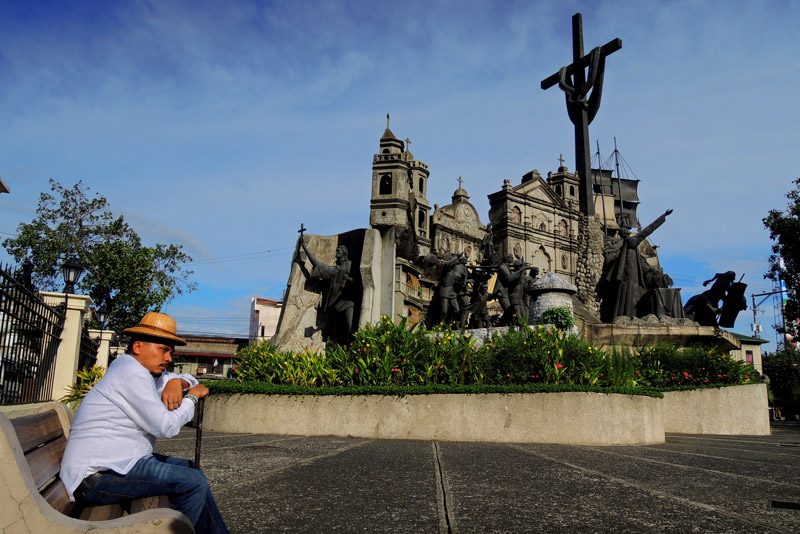
Just like what happened last night, jeepney 03B took a different route and did not pass by Carbon. It entered streets I found entirely unfamiliar and out of nowhere, I saw the Heritage of Cebu monument. So I must be somewhere in Parian, I realized. The conductor thought I was new in the city and lost my way and assured me my destination was still 5 minutes away. I had to ask the driver the street we exited before everything became familiar once again.
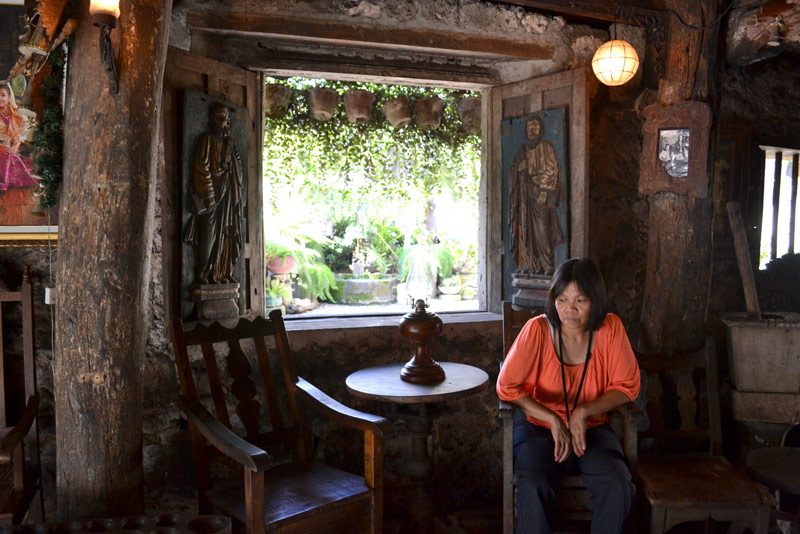
“Zulueta,” he answered. Such a beautiful name, and I know for sure, it has a long, colorful history associated with it.
Every place has a story to tell. Mango. Junquera. Tinago. Sanciangko. Juan Luna. Tres de Abril.
Give them a chance. And another. And another. Don’t give up on them. They have some tender spots somewhere. – Rappler.com
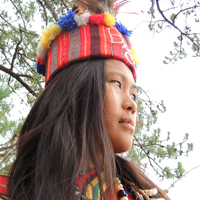 Jona Branzuela Bering is a writer and photographer from Cebu, Philippines. Most of the time, she travels solo. When in the city, she gardens and becomes a slave of two cats. She is a plant thief and reader by midnight. Follow her travels on Instagram @travelingjona or on her blog Backpacking With a Book.
Jona Branzuela Bering is a writer and photographer from Cebu, Philippines. Most of the time, she travels solo. When in the city, she gardens and becomes a slave of two cats. She is a plant thief and reader by midnight. Follow her travels on Instagram @travelingjona or on her blog Backpacking With a Book.
Add a comment
How does this make you feel?
There are no comments yet. Add your comment to start the conversation.